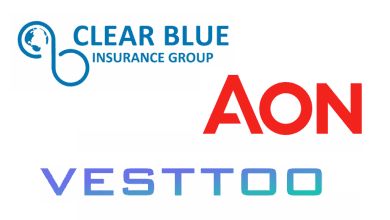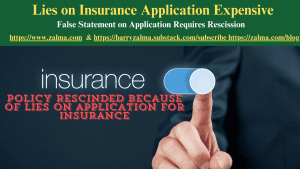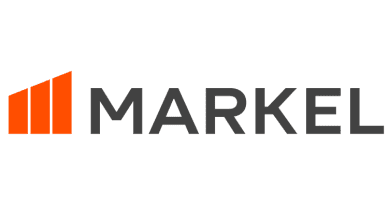Understanding an Insurance Underwriting Website Audit
Ever wonder why insurance underwriters have a liking for scrutinizing your website? It’s not just to kill time—it’s a critical step in assessing your risk profile. Let’s break it down: your website isn’t just a digital storefront; it’s a determinant of your insurance premiums. Take a page from the construction industry’s playbook: if your website misrepresents your services, you could be in for a financial shock. So, if you’ve hung up your roof-repairing hat, it’s high time to update your website accordingly. Remember, every detail counts!
Why is an Insurance Underwriter looking at my website?:
Insurance Underwriters view and use your website to determine what type of class codes, which serve as a standardized system for categorizing businesses based on the level of risk they represent. Class codes are instrumental in determining insurance premiums, with lower class codes typically corresponding to lower rates. For example, within industries such as construction, class codes differentiate between various activities, such as excavation for septic systems versus trench digging, each carrying different levels of risk.
Strategies for Businesses to lower their insurance costs:
To navigate underwriting website audits more effectively, businesses should pay close attention to the content and presentation of their websites. Clear and accurate descriptions of services offered are essential, ensuring alignment with the actual operations of the business. Transparency and accuracy are paramount, considering that various stakeholders, including potential customers, underwriters, regulators, and vendors, may scrutinize the website.
As well, websites should be dynamic and reflective of the evolving nature of the business. Regular updates and revisions are necessary to reflect any changes in services, operations, or business focus accurately. Removing outdated or irrelevant information streamlines the underwriting process and prevents potential misunderstandings.
Keep in mind, businesses should exercise caution in crafting website content, refraining from including information that cannot be substantiated or defended, especially in a legal context. Adhering to these guidelines not only facilitates the underwriting process but also enhances overall risk management strategies.
Conclusion:
Insurance underwriting website audits play a pivotal role in the insurance process, providing insurers with valuable insights into the risks associated with insuring businesses. Class codes serve as a standardized system for categorizing businesses based on risk levels, guiding insurers in determining appropriate premiums. Despite challenges and discrepancies that may arise, businesses can navigate underwriting website audits effectively by maintaining transparency, accuracy, and diligence in managing their online presence. By doing so, businesses can streamline the underwriting process, minimize costs, and strengthen their risk management strategies.
Business Tip!
In the grand scheme of things, your website isn’t just a digital brochure—it’s a financial compass that guides your insurance premiums. By aligning your online presence with reality, you can steer clear of unnecessary expenses and bolster your risk management efforts. So, take charge! Update diligently, and watch as your insurance costs plummet—all thanks to the power of website management!
Bancorp’s insurance experts are available to provide you with a free review and consultation. Contact Us – Bancorp Insurance Call 800-452-6826
Disclaimer: This content is provided for general information purposes and is not intended to be used in place of consultation with our agents.



